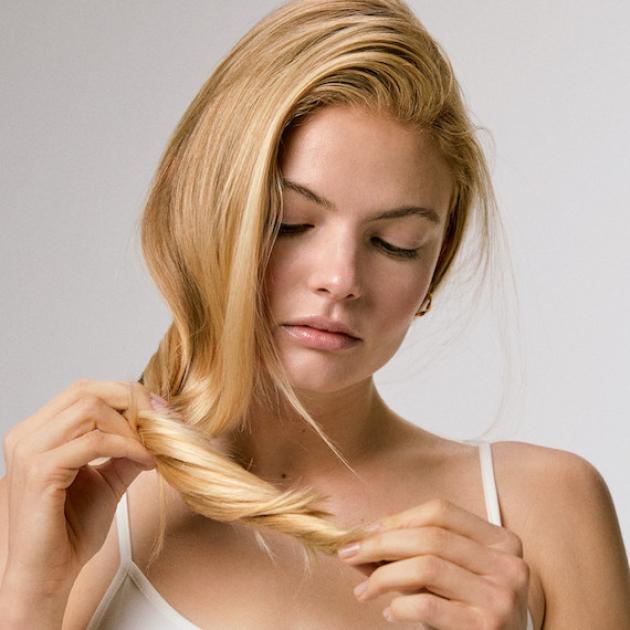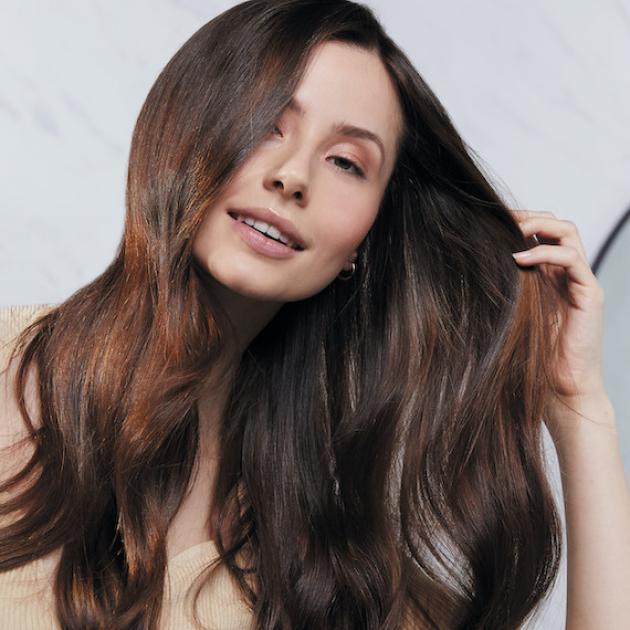What Does Damaged Hair Look Like? 5 Signs to Watch Out For
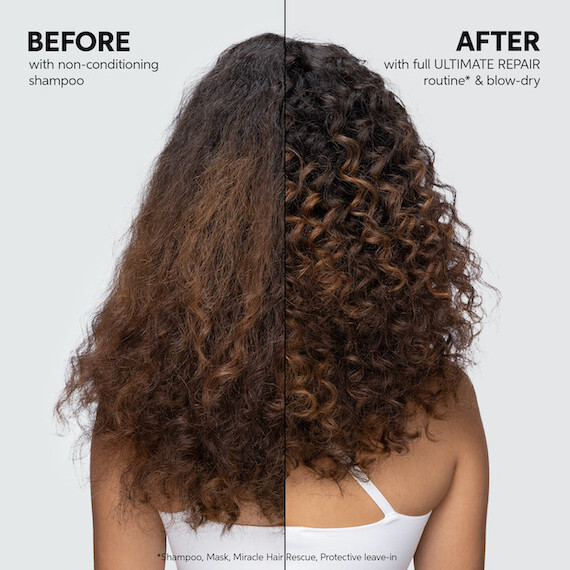
If you're asking, ‘what does damaged hair look like?', we haven't got just one answer for you. There are a multitude of signs that strands are stressed out, from excess shedding due to hair breakage, to dullness and brassiness. The fact is, 9 out of 10 women do something to damage their hair every single day. That includes brushing, exposing hair to UV rays, heat styling or undergoing chemical treatments. So, here, we're breaking down the five signs to look for, as well as the key steps you can take to achieve healthier hair. This is how to know if your hair is damaged…
5 Common Signs & Types of Hair Damage
1. Hair Looks and Feels Dry and Brittle
The first tell-tale sign of hair damage is usually that dry and brittle feeling. It's lacking in natural shine, it's permanently parched, and it's more difficult to style as a result. Hair strands can dry out for a whole host of reasons, whether it's because of heat damage, chemical damage, mechanical damage or genetics. And, once hair becomes brittle it can lead to further problems – think breakage, split ends, flyaways and dullness. The good news is, there are plenty of ways you can repair your dry hair, from rehydrating shampoos and conditioning treatments, to smoothing and renewing salon treatments.
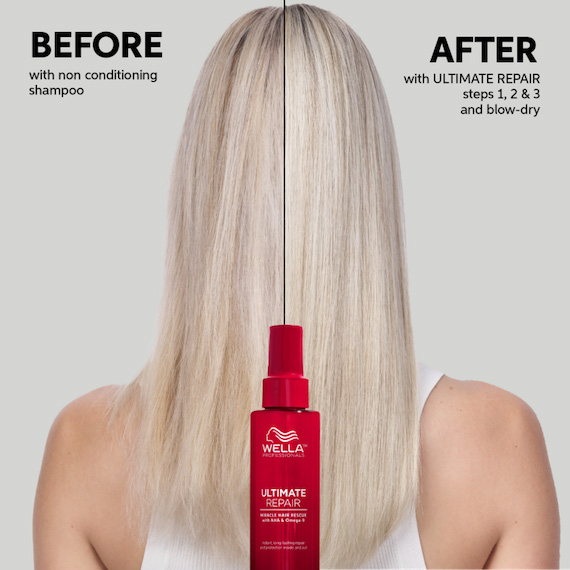
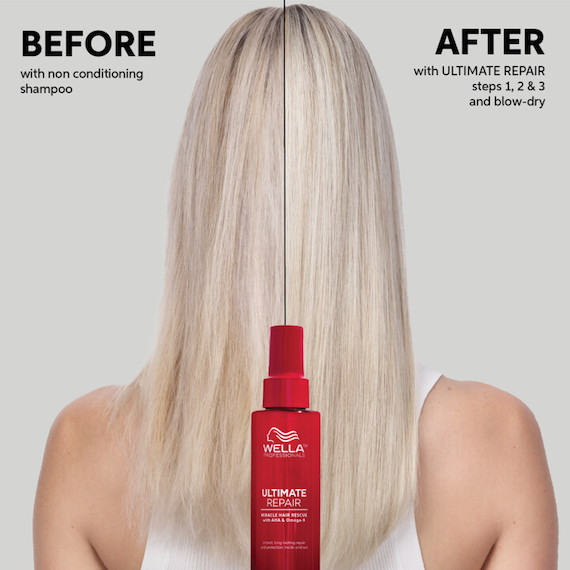
Try this for dry, brittle hair:
Reach for nourishing shampoos
Is your shampoo nourishing enough? For a truly transformative cleanse, reach for ULTIMATE REPAIR Shampoo; a luxurious formula that cleanses without stripping damaged hair strands of essential oils. It's perfect for all hair types – including straight, wavy, curly and coily hair – giving lengths a boost of nourishment while sweeping away damaging metals, pollutants and product build-up. It also prepares your strands for the rest of the ULTIMATE REPAIR regimen, so all the moisturising goodness can be deeply absorbed.
Squeeze out excess water from wet hair before conditioning
If your hair is too wet before you apply a conditioner, you may dilute the benefits. Think about how a sponge works; if it's soaking wet, it can't soak up any more moisture. Your hair acts in much the same way, which is why it's important to squeeze out excess water and gently towel-dry strands ahead of applying conditioner. Try it with the ULTIMATE REPAIR Conditioner; a rich and creamy formula that visibly replenishes dry, brittle hair. Leave it on for between 30 seconds and three minutes so you reap the full rewards of this breakthrough conditioner. Then, rinse thoroughly with lukewarm water (never hot water).
Treat dry hair to a weekly mask
Once per week, drench brittle lengths and ends with a nourishing hair mask. ULTIMATE SMOOTH Intense Mask is a creamy, dreamy formula that instantly detangles, reduces frizz and moisturises hair from the inside out. Simply smooth it through towel-dried lengths and ends, allow hair to bathe in the nourishing ingredients for five minutes, then rinse out thoroughly. It's the perfect weekly moisture boost.
Style hair with this power pair
When it comes to repairing dry, damaged hair, there's no more intensive treatment than ULTIMATE REPAIR Miracle Hair Rescue. In fact, it can repair hair damage in 90 seconds¹, making it a game-changer when strands are stressed. All you have to do is mist it through towel-dried hair, let it absorb for 90 seconds, and then style as usual. With a blend of AHA and Omega-9, the lightweight yet luxurious mist will leave your hair 12x smoother², with 99% less breakage³.
Then, reach for another miracle formula. ULTIMATE SMOOTH Miracle Oil Serum is a hard-working hybrid that boost hair health and hydration for nourishment in 30 seconds⁴. Smooth it over the top of ULTIMATE REPAIR Miracle Hair Rescue, through damp hair lengths and ends, and the blend of Squalane and Omega-9 will fend off frizz to give you smoothness that lasts up to 3 days⁴. It also acts as a heat protectant with megawatt shine, so you can use it to protect hair's cuticle layer before blow drying or using your flat iron or curling iron.
2. Damaged Hair is Prone to Breakage and Excess Shedding
Are your strands snapping off? Have you noticed split ends? Is your hair shedding more than you think it should? While having a few split ends is normal when you're due a trim, a high volume of snapping usually means hair has hit its breaking point. This can happen when heat damage or bleach damage are at play; while hot tools and lightening products are safe to use on your hair, proper care should be taken to ensure the integrity of each strand is protected. And while you can't reverse breakage when it happens, you can protect sensitised strands from further stress with the right products and techniques.
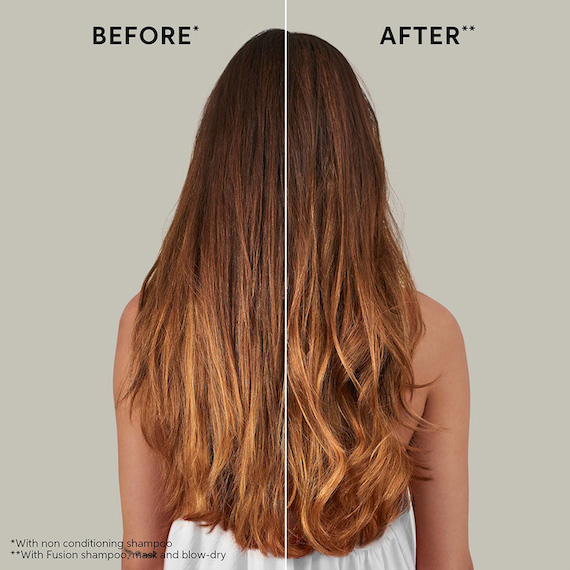
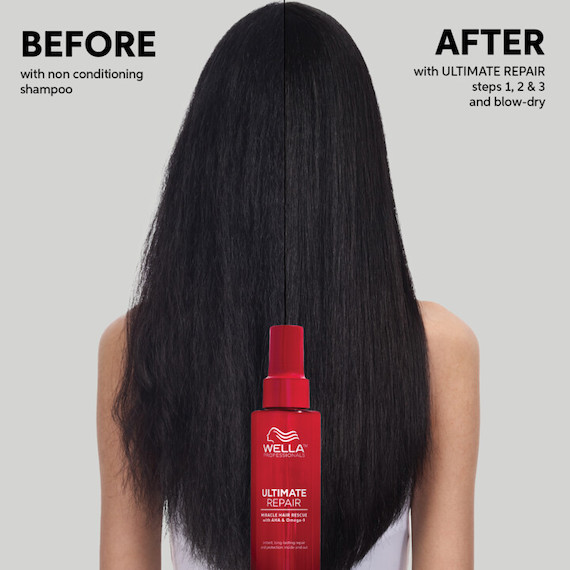
Try this for broken hair and split ends:
Use strengthening shampoos and conditioners
Work on building up your hair's resilience with strengthening shampoos and conditioners. The Fusion collection gives you up to 95% more resilience against breakage⁵, thanks to a fusion of silk amino acids that work to recover the hair fiber. Wash with the Intense Repair Shampoo and Conditioner, and apply the Intense Repair Mask (in place of the Conditioner) weekly to make strands more resistant to daily physical damage.
Get regular trims for split ends
The ideal ‘cure' for split ends is a cut, and if losing too much length is a concern, there is a solution. The ULTIMATE REPAIR Cut & Seal service keeps those ends neat and tidy, while maintaining long, luscious lengths. Your hairdresser will precisely target split ends only, and gently snip them off, resulting in an 'invisible' trim. Hair simply looks healthier, but not shorter. Then, they'll 'seal' strands by washing, conditioning and styling with the ULTIMATE REPAIR regimen, including Miracle Hair Rescue to support the structure of hair.
3. Hair Gets Tangled in Knots Easily
Tangles happen, and a few knots are completely normal – especially if you've just washed your hair – but you shouldn't be having to spend more than five minutes teasing them out each day. So, if they're becoming a problem, this could mean your hair needs a turbo boost of nourishment. Dry, thin and frizzy hair gets in knots more easily, making tangles a common sign of damage.
As such, not only should you follow the tips above for dry hair, but you should also take extra care when working through tangles to ensure you don't cause future hair breakage. ‘Gently, gently' is your perfect approach, so after washing with the ULTIMATE SMOOTH regimen, follow these steps to delicately separate knots and enjoy manageable, beautiful hair.
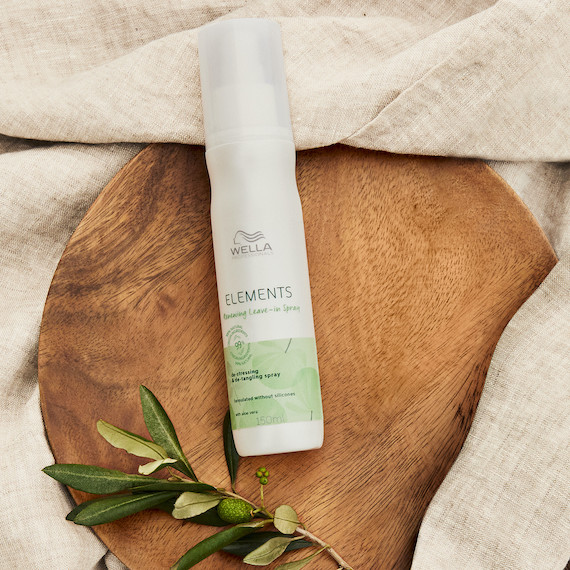
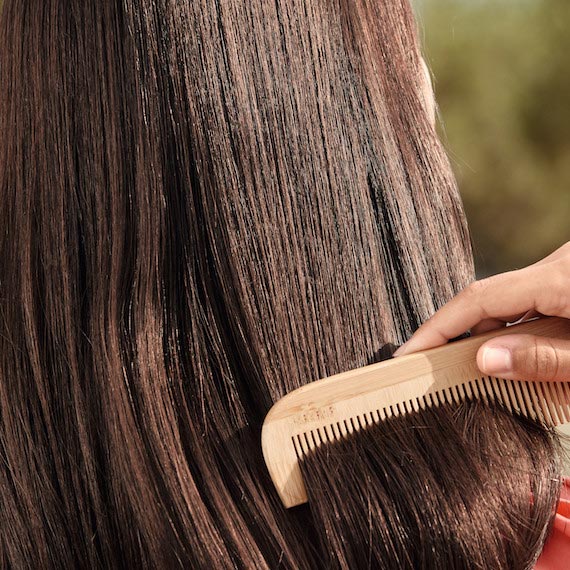
Try this for knotty, tangled hair:
Tease out knots while conditioning hair
On hair wash days, try detangling hair with a conditioner or hair mask in. This will soften up the knots and make it easier to work through each strand of hair section by section. If your hair is curly or coily, you'll want to do this before shampooing with fingertips. If your hair is straight or slightly wavy, you can detangle after shampooing, also with fingertips or a wide-tooth comb.
Start combing from the bottom
When detangling, don't drag your brush or comb from root to tip. Start at the bottom of the hair and gently, patiently tease out knots, then move a little higher up the hair shaft before working through the next section. Continue this process until you've smoothed out every last tangle. This way, you won't be tugging hard on delicate strands, reducing your risk of extra shedding and excessive hair breakage.
Use a leave-in detangling spray
Don't be without a leave-in conditioner. Elements Renewing Leave-In Spray makes it quicker to battle knots by smoothing and nourishing damaged hair, so it has more ‘slip'. After washing, mist it through towel-dried mid-lengths and ends, allow it to settle for 30 seconds or more, then begin brushing hair. Your comb will move through knots easier. Plus, because it's so lightweight, you can layer it with ULTIMATE SMOOTH Miracle Oil Serum to keep hair extra nourished and glossy.
4. Your Colour-Treated Hair Looks Dull and Brassy
Hair can start to look dull when it's lacking in moisture and vital nutrients, so if it's lost its luster, there may be damage at play. And, while brassy hair can simply happen as a result of colour pigments fading, it may also be a sign that your hair has been hit by extreme weather conditions or heat-styling tools. Dull hair can usually be fixed with salon glazing, glossing and colour services at your nearest Wella salon, but it's important you upgrade your hair care regimen to prevent dullness at home too.
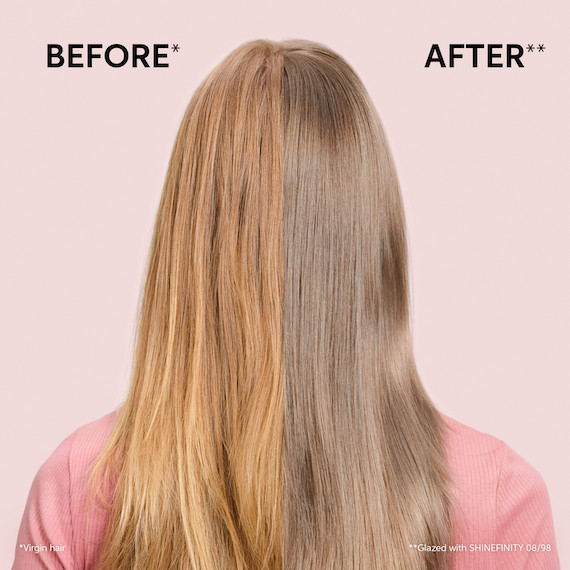
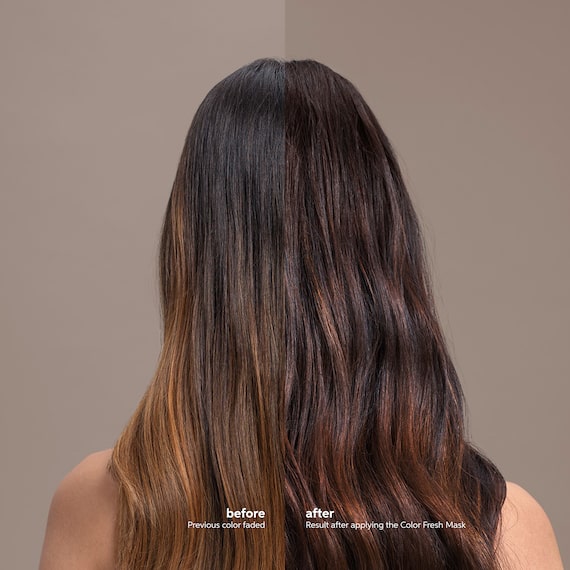
Try this for dull, brassy hair:
Book in for a SHINEFINITY Color Glaze
Few things transform dull or brassy hair quicker than a SHINEFINITY Color Glaze. It's a quick salon service that veils your hair in zero-damage, zero-lift, translucent colour with glossy shine you can feel. Plus, your colourist can soften your shades further if you want an even subtler result, or they can give you a clear glaze that works like a glossy topcoat for your hair. So, next time you're in the salon, ask about this glow-boosting service; it only takes up to 20 minutes to develop, so you can be in and out in the space of a lunch break.
Top up the tone with a colour-depositing mask
Did you know? You can boost your hair colour at home with a colour-depositing mask. For a tone top-up in 10 minutes, the Color Fresh Mask comes in a range of shades for blondes, brunettes, redheads and even bold, bright manes. When ditching brassiness is the goal, try Cool Espresso or Chocolate Touch for brown hair, Pearl Blonde for cool blonde hair, Caramel Glaze for caramel tones, or Golden Gloss for warm blondes. All you have to do is smooth it through clean, towel-dried locks, leave it on for 10 minutes, and then rinse thoroughly with warm water. You don't even need to use a follow-up conditioner. Simply dry, style and glow.
Inject shine with oil-rich hair care products
Oil-rich hair care products bestow a glow like no other, while rehydrating dry hair for short-term shine and a long-term health boost. Look to ULTIMATE SMOOTH for a light yet lustrous blend of oils that supercharge hair's radiance. The ULTIMATE SMOOTH Shampoo and ULTIMATE SMOOTH Conditioner are Squalane-boosted musts for dull hair days.
Finish your look with a boost of shine
Don't underestimate the power of a shine spray. When you've finished perfecting your style, a ‘topcoat', like EIMI Glam Mist, will deliver a touch of gloss without weighing strands down. Spritz through mid-lengths and ends to instantly brighten and beautify. It even protects your hair in humid environments to keep flyaways at bay. If your hair is suffering from a lack of moisture, use the spray in tandem with ULTIMATE SMOOTH Miracle Oil Serum. Combining heat protection, UV protection and megawatt shine, it rehydrates the inner and outer layer of the hair shaft for long-lasting frizz control.
5. Hair Care Products Don't Work as They Should
If you notice that every deep conditioner or hair oil you use makes little difference, you might be dealing with what's known as ‘high porosity hair'. Strands develop a porous structure when damage causes tears and gaps in the hair cuticle, which allow moisture to get in and – more importantly – straight back out with ease. As a result, a lot of the nourishing ingredients in your hair treatments escape through the gaps, meaning your hair can't reap the full rewards of your moisturising routine. So, watch out for how your damaged hair responds to hydrating products. If you're not getting the results you expected, a few extra tricks may be needed to lock nourishment in and prevent future damage.
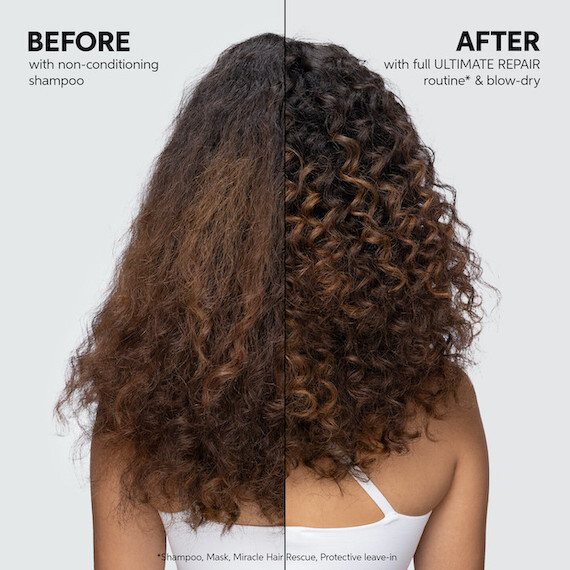
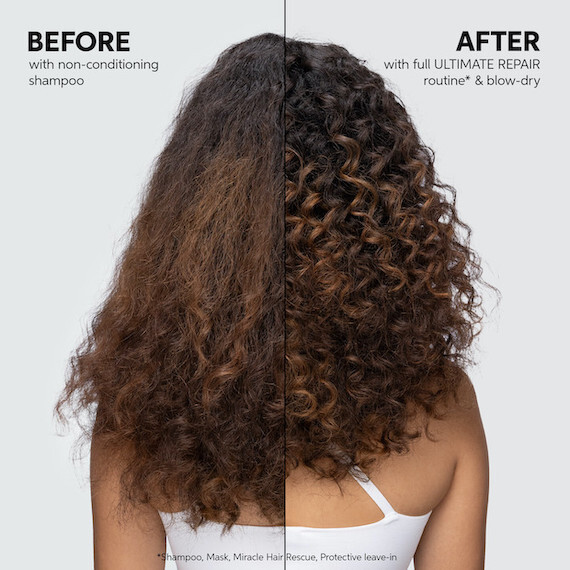
Try this for high hair porosity:
Wash coloured hair with colour-protecting shampoos
It's not just moisture that can escape through tears in the hair cuticle; if you have coloured hair, you might find some of the pigment gets out too. This makes colour care products more important than ever. Try the ColorMotion+ Color Protection Shampoo for up to 8 weeks of colour protection⁶. It's packed with antioxidants that forage fading free radicals to shield your dream colour for longer.
Reach for oil- and cream-based masks and conditioners
Richer oil- and cream-based hair masks have enough substance to help seal the cuticle, so your hair will be better able to hold in all that essential moisture. That's why ULTIMATE REPAIR Conditioner is ideal for highly porous hair. Massage it through the mid-lengths and ends of clean, towel-dried hair, leave it on for three minutes, and enjoy a beautifully nourished mane. For even deeper repair, reach for the ULTIMATE REPAIR Mask and leave it on locks for up to five minutes, allowing the blend of AHA and Omega-9 to nourish porous hair from the inside out.
Lock in moisture with a leave-in treatment
While rinse-out masks are still a must for porous hair, leave-in treatments are the secret to longer-lasting nourishment. That's why your hair wash regimen should end with ULTIMATE REPAIR Miracle Hair Rescue. We recommend around five sprays for fine hair, 10 sprays for medium hair, and 15 sprays for coarse hair. Don't forget to let the supercharged treatment absorb into porous hair for 90 seconds, then go ahead and style to perfection (or let hair air dry). It will repair the inner and outer layers of hair to keep it healthy, and because it's so light, you can layer it with your go-to styling products.
Now, by knowing the signs of damage, you can upgrade your at-home care regimen to ensure you're giving hair exactly what it needs, when it needs it most.
¹ When using ULTIMATE REPAIR Miracle Hair Rescue.
² Vs. non-conditioning shampoo.
³ When using ULTIMATE REPAIR Miracle Hair Rescue. Instrumental test versus non-conditioning shampoo.
⁴ When using ULTIMATE SMOOTH Miracle Oil Serum, if unwashed for 3 days, vs. untreated.
⁵ Fusion shampoo and conditioner vs non-conditioning shampoo.
⁶ When using ColorMotion+ Structure+ Mask.


